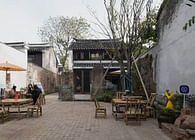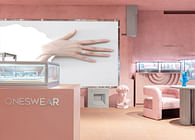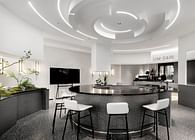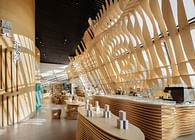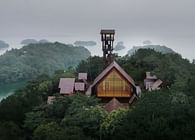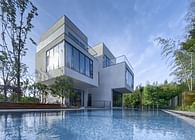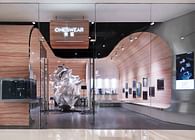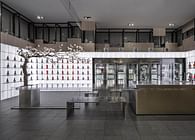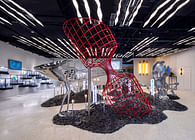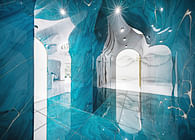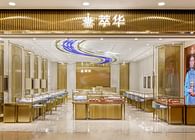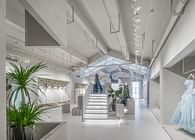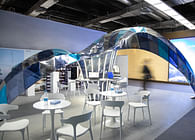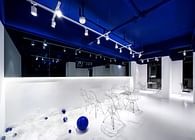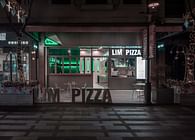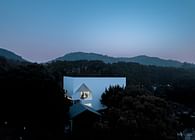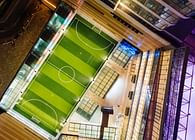
In the northwestern part of Yunnan Province, in the Hengduan Mountains, there is a mysterious and tranquil place called "Shangri-La". This place Located in the hinterland of the Three Parallel Rivers, it was once an important town on the Ancient Tea Horse Road. The integration of multiple ethnic groups has created a unique local cultural environment, attracting tourists from all over the world to find their homes in their hearts. At the beginning of the 20th century, the Hengduan Mountains were first shown to the world through the explorer Joseph Charles Francis Rock. In the 1930s, "Shangri-La" appeared in James Hilton's novel "Lost Horizon". The pure land depicted in the book was longed for by the world, and make Shangri-La known to the world.
Programming
Twenty years ago, a Tibetan family named Pema opened the first local Tibetan restaurant “Karakal" in the outer urban area of the ancient city of Dukezong, Shangri-La. Karakal pursues to protect the authenticity with care.Keeping the business moderate, and the food ingredients are natural. Always adhere to the concept of "open a warm store in the warm Shangri-La, and wait for a group of warm people to come".
Today, twenty years later, we are designing and transforming a new composite space, hoping to use the accumulation of Pema Karakar as the starting point and the most authentic Tibetan cuisine as the medium to show the regional cultural characteristics of Shangri-La. At the same time, we envision this space as a home for local people from all walks of life in Shangri-La to gather and communicate. It can provide venues for various cultural activities such as cultural salons, photography exhibitions, and symposiums. Serving the cultural life of the local people through a comfortable and elegant environment. We looking forward to the exchange of culture and ideas can burst out wonderful sparks.
Design Strategies
The site consists of two parts: a three-story restaurant and a two-story courtyard residence. The existing three-story building is a brick-concrete building built by the owner ten years ago, and the old residence next to it was built in the 1990s. The facade of the original building on the site does not match the local cultural environment, in the meantime the space utilization is low, and there are serious thermal problems in winter.
In an environment with a strong regional architectural culture, how to use modern techniques to design a built environment that is both modern and contains Tibetan culture is the goal and challenge throughout the project. Based on this goal, the design team investigated a number of traditional buildings around Shangri-La and several newly built commercialprojects with favorable comment (MSunyata Hotel in Meili Snow Mountainn, Arro Khampa Hotel, etc.). Initially, we proposed an idea of reconstruction based on the assessment that the original building structure was irrational. However, due to local policies (requirements for the control of facades in new town planning) and project budgets, we gave up the idea of reconstruction and switched to adopting the renovation of external facade and indoor space. The renovation increase the local cultural characteristics and improve the quality of the built environment. At the same time, we also tried to break the current situation of blindly pursuing traditional elements and materials in the building and neglecting the use experience during the whole design process, and returning to the basic consideration of the use experience, focusing on the simplicity, restraint and temperature of the regional architecture.
Facade Transformation
The renovation of the external façade of building uses the door and window elements of traditional Tibetan architecture, including Tibetan-style lattice windows and wooden window heads, and use of window trim in the form of setbacks in order to create the rhythm of traditional Tibetan building doors and windows. In consideration of the plateau climate, all windows use double-layer hollow glass and thicker glass frames to ensure indoor thermal insulation. In the material selection of window head and window trim, we used rusty steel plate instead of wood to solve the problem that wood is not durable in the outdoor environment of plateau. The exterior wall was painted by pale rammed earth yellow real stone paint to create the rough texture of the rammed earth walls of traditional houses. Through the modern interpretation of traditional elements and use of modern materials with controllable costs we were able to respond to the "memory" of local residents to regional buildings. In the design of facade lighting, we also avoid using direct light sources and use bottom and groove lighting to highlight the texture of materials and the form of external facades.
Interior Renovation
The primary requirement of interior renovation is to increase the usable area, and the second is to improve the overall environment while improving the original functions and spatial layout. In terms of the overall functional layout, the first floor is used as a newly expanded space to develop new catering formats for young people such as afternoon tea, self-service Tibetan food, local craft beer bar. The second floor maintains the original functions (bar counter and open restaurant), to improve the use of restaurant space by adjusting the layout. The third floor was transformed into a private room floor by reorganizing the traffic flow and spatial layout, and enhancing privacy to echo the dining habits of traditional Tibetan meals.
The first floor of the original building was street-facing shops, which was idle most of the time. We opened up the original street-facing shops by removing the partition wall, so that the first floor has a new open space. In the shop where the wall cannot be completely demolished due to the original structure, we opened doors on both sides of the wall and used steel door sleeves as structural reinforcement to formthe space as a new foyer. We set up a new entrance here as the secondary entrance of the restaurant, and added toilets so that the first floor can be used as an independent space with complete functions. By re-arranging the kitchen delivery flow line to separate the original kitchen exit from the main entrance, the conflict between the kitchen exit and the restaurant entrance during the peak period was solved, and the main entrance of the restaurant has become a complete front hall.
In the traditional houses in the Kham region, the fire pond is the center of the family's daily life, and many life scenes take place around the fire pond. In the arc-shaped space on the first floor, we made a modern interpretation and expression based on the traditional Tibetan fire pond, to reproduce the sense of life in thetraditionalhouse that families drinking tea and talking around the fire pond, which echoing the traditional life scenes of local residents.
The relationship between the direction and height of the ceiling beams of the original building is rather chaotic, which is a difficult part of the design process. Limited by the direction and height of the beams, and inspired by the flying of prayer flags and the copper-ware in Tibetan life, we abandoned the original idea of concealing the beams with a suspended ceiling, and used a metal curtain to surround the fire pond as an arc curtain on the first floor, by which we were able to hide the chaotic relationship of beams. At the same time, we set the height of the curtain to gradually decrease from the surrounding to the stove, visually blending with the Smoke hood, so that the ground and the ceiling are connected.
The second floor was the main business space of the original restaurant, and it is also a to memory the restaurant to customers. In the design of the second floor, we try to keep the original interior layout as much as possible, hence we adopted the same table and chair form as before, in order to retain its original spatial feeling. By using traditional Tibetan low tables and sitting couches, the height of users to be in a natural forward-leaning posture to create a sense of closeness. As for the ceiling, we arrange the metal mesh curtains in parallel to echo the square Tibetan table and seat with its square shape and layout.
The third floor of the original building was mainly used as a relatively private compartment layer, but due to the lack of rigid partitions, there was a problem of weak privacy. Constrained by the load-bearing brick wall structure on the third floor that cannot be removed, we re-arranged the traffic flow lines on the third floor by opening new door holes in the wall and adding steel door cover support structures. Using the original walls and the new light weight partition wall to divides three separate private rooms with a rest area, and adds a neutral toilet to enhance the privacy of the entire third floor, which solves the previous situation of shared toilets on the second floors.
The interior furnishings also use Tibetan characteristic ornaments as much as possible, such as the traditional Tibetan painting Thangka, which is highly artistic and religious. Thangka with religious attributes are mostly used for enshrinement purposes. In the compartments, we used red, which symbolizes honor and awe in Tibetan culture, as the backdrop for hanging Thangka. Through the color and lighting of the background wall, we hope to convey a kind of respect for Tibetan culture while using thangka as space decoration.
The site is located in a Tibetan region and was not affected by the epidemic during the construction period. The project was completed in 2020 and has been put into use. This renovation effectively absorbed the cultural characteristics of Shangri-La, and provided new ideas for the local architectural design of new urban areas based on urban control regulations. Walking into the restaurant, a warm breath came to the nose. Sat down, took a sip of butter tea, ate a piece of yak meat and ascoop of Tsampa, and talked with others. Unlike the Lhasa pilgrimage which is full of ritual sense, instead it is the simplicity and ordinariness of daily life
Status: Built
Location: Yünnan, CN
Additional Credits: Photo: Peichu Zhaxi








